China’s financing and investment spread across 61 BRI countries in 2023 (up...
2024-02-27 31 英文报告下载
Overall, production seems to be picking back up, with mid to late March potentially in better shape, and expectations for mid April to be close to normal. Still, there are concerns about getting product out, with many contacts citing trucking and mobility challenges. Post COVID-19, business rebound is only expected later in the year. Manufacturing activity was expected to start up Feb 10, but on a staggered basis through March 4 depending on the size of the industry. Approvals were being granted on a staggered basis with bigger industries starting first. This excludes Hubei (epicenter of the epidemic), where businesses are expected to remain closed until Mar 10. Business is resuming more slowly than firms initially expected. About a third of the manufacturers that have restarted production, expect to reach full capacity utilization in April or later. Over 90% of the manufacturers indicated that they will have to delay delivery of existing orders. On the other hand, new overseas export orders expected to show declines in Jan/ Feb.
Companies have to meet strict health criteria, incl. providing masks for staffs and set up health monitoring centers. Some local governments were employing stricter measures such as three day stockpiles of medical supplies for companies. Migrant labors needed to be quarantined for 14 days before being allowed to work. This has delayed business resumption and impacting utilization rates for more labor intensive industries that employ the most workers from lower tier cities. Majority of the 109 US manufacturers in the Yangtze River delta indicated staff shortages (surveyed by American Chamber of Commerce Shanghai). Transportation bottlenecks due to virus control measure will restrict product flow. Trucking industry impacted since most of the drivers come from lower tier cities. This has also impacted raw material sourcing. We could see potential port congestion with global buyers trying to get shipments out, driving higher shipping costs. Cash flow/ working capital is a key concern for SMEs that are getting back to work. The government is working toward interest rate cuts, increased credit availability, some tax cuts. Some firms have cut jobs and wages.

标签: 英文报告下载
相关文章
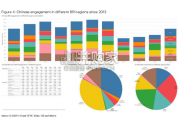
China’s financing and investment spread across 61 BRI countries in 2023 (up...
2024-02-27 31 英文报告下载

Though the risk of AI leading to catastrophe or human extinction had...
2024-02-26 51 英文报告下载
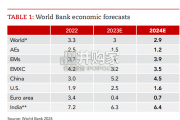
Focusing on the prospects for 2024, global growth is likely to come i...
2024-02-21 96 英文报告下载
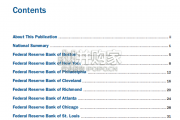
Economic activity declined slightly on average, employment was roughly flat...
2024-02-07 67 英文报告下载
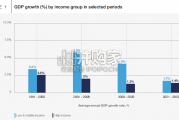
Economic growth can be defned as an increase in the quantity or quali...
2024-02-06 82 英文报告下载
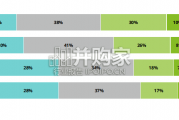
In this initial quarterly survey, 41% of leaders reported their organizatio...
2024-02-05 66 英文报告下载
最新留言